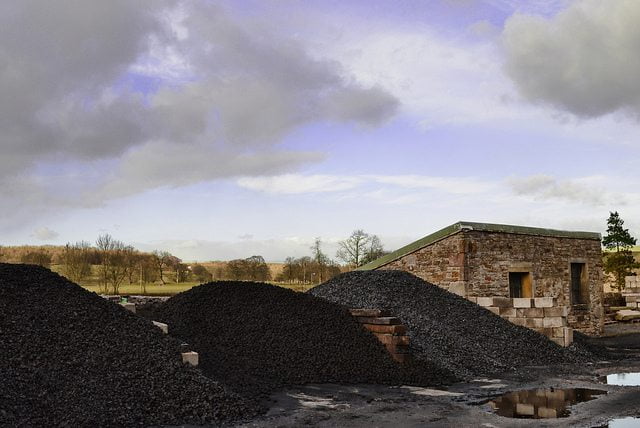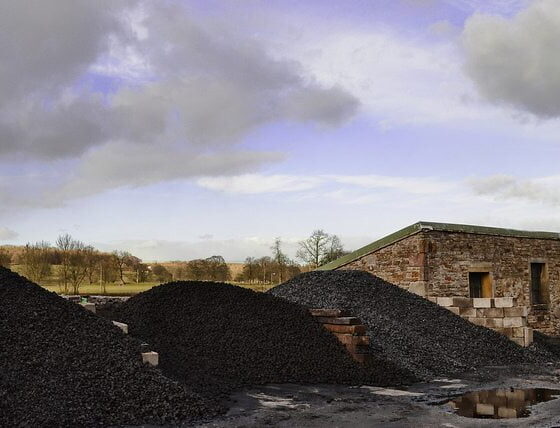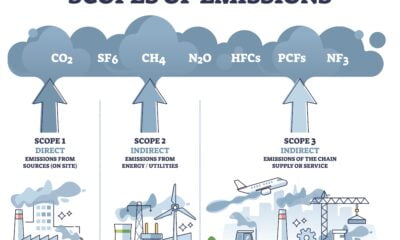

Energy
Environmental regulation to slow demand for coal, says report
A new report warns investors that the coal industry could suffer a slump in demand in the medium term as governments seek to cut carbon emissions and focus on cleaner sources of energy.
The report – Carbon Constraints Cast A Shadow Over The Future Of The Coal Industry – has been published by the Carbon Tracker Initiative in collaboration with Standard & Poor’s (S&P) and Aviva. It argues that a decline in coal production and consumption globally is becoming a much more realistic scenario.
Elad Jelasjo, S&P credit analyst, commented, “The current structural changes in the thermal coal industry are not uniquely linked to climate change regulation, but result from the emergence of alternative cheaper energy in the US.
“Over the past two years, the price of thermal coal in the seaborne market has been steadily declining – to $75 (£44) per ton at present from $105 (£61) per ton in early 2012 – which is putting pressure on a large part of the industry.”
However, over the medium term the report adds that new environmental policies are expected to emerge, which could slow down the demand for coal. It points to recent commitments made by the US and China to cut emissions.
Commitments such as these could “could flatten the growth in coal demand over the coming years,” explained Michael Wilkins, a credit analyst at S&P.
Despite this, the report does note that countries around the world will find it hard to change their energy mix over the next five to ten years, without compromising economic competiveness. This is particularly true for developing countries, as many have an energy deficit and coal is a relatively cheap option.
China, which accounts for 45% of global coal consumption is also described as a “wild card”. The report argues that the country is heading towards peak demand and any decision China makes will have huge implications for coal miners.
A separate report from the Carbon Tracker Initiative, published last month, warned that China’s rapidly transitioning energy sector could place thermal coal assets at “high risk”. It estimated that the country’s demand would peak between 2015 and 2030.
Adeline Diab, head of responsible investments at Aviva Investors, said, “Many catalysts are changing the landscape of the coal industry, including substitution to gas and renewable energy while peak demand is reached or efficiency programs are being launched in most countries.
“As the world is embarking on its transition to a low carbon economy, actions are being taken to address pollution, and tightening carbon constraints are implemented in key markets. This means the dynamics and change of the coal market is accelerating.”
Photo: Alison Christine via Flickr
Further reading:
India to fund renewable projects by doubling tax on coal
National Grid ‘underestimates threat of coal’, says WWF
Rhinos threatened by coal mine plans in South Africa
Citi, Morgan Stanley and Bank of America top funders of coal, says report


 Environment10 months ago
Environment10 months agoAre Polymer Banknotes: an Eco-Friendly Trend or a Groundswell?

 Environment11 months ago
Environment11 months agoEco-Friendly Home Improvements: Top 7 Upgrades for 2025

 Features9 months ago
Features9 months agoEco-Friendly Cryptocurrencies: Sustainable Investment Choices

 Features10 months ago
Features10 months agoEco-Friendly Crypto Traders Must Find the Right Exchange































